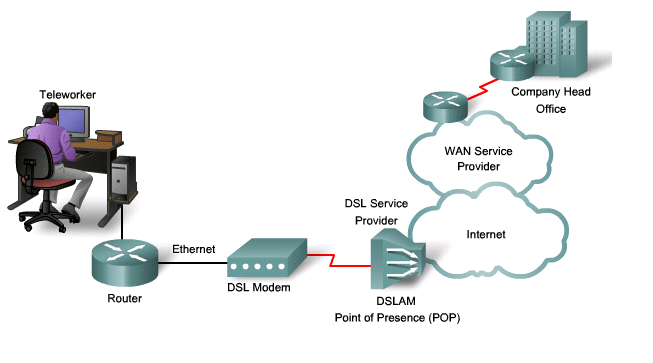In the article “Art of the Start – Part 4 Bootstrapping “, Jerome Eberharter describes how you can start a business of your own without getting a pile of cash from an outside resource. In the business world, bootstrapping has come to mean helping yourself on your way, relying on your own resources. Jerome points out that many of the biggest companies out there started from meager beginnings. For example, Michael Dell began his company (Dell Computers) during his freshman year at college with $1000. He purchased discounted PC parts he bought from a retailer and used them to upgrade some old PCs; running the business from his garage. Jerome provides the following bootstrapping tips:
1) Use a Home Based Office – Rent for an office is one of the biggest expenses to starting your own business. Set up an office at home; set it up in a spare room, in the basement, or in the garage.
2) Be Frugal – Don’t run out to buy new office supplies without first using what you have around the house. Rent or buy used equipment. Overspending when you don’t need to can start you off in the wrong direction.
3) Accept Credit Cards – If your home based business involves selling to the public or other businesses, accept credit cards. Yes, there are credit card fees; however, cash flow is more important. Credit cards allow you to receive timely payments.
4) Sales – Take time to understand your customers and your sales process. Brainstorm ways to get repeat sales. Repeat sales are always easy than new sales. Make sure you are spending enough time to get your next sale. Think of ways you can make deals to increase the number of sales you make.
5) Small Operations – Consider outsourcing to get your products or services. Bypassing manufacturing or completing the service may save you money on the front end.
6) Barter when you can – Whenever you can, barter! Bartering is the direct exchange of one good or service for another without the use of money. Be imaginative and take chances. Remember your product or service has value which can be used just like money.
7) Above all, be creative – Be on the lookout at all times for ways to keep your costs low. Make your own business cards at home. Ask vendors for help when you need it. Don’t overlook opportunities to do things yourself instead of hiring out. When looking to start up a home-based business, keep these tips in mind. Don’t let the cost of the start up stop you, try bootstrapping.



